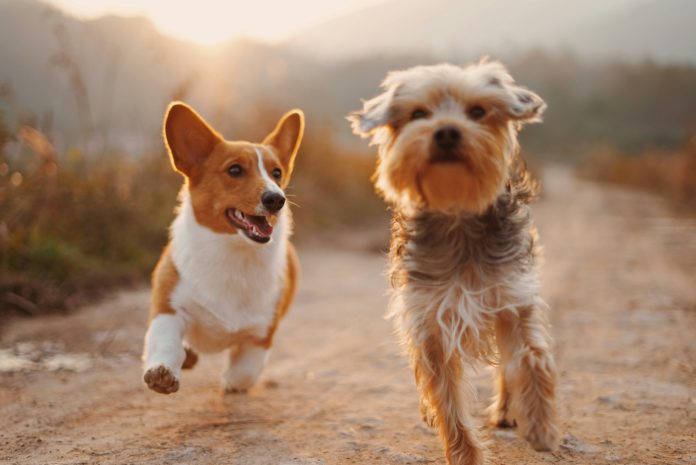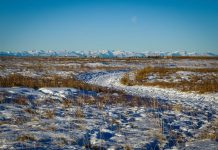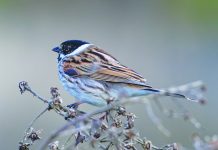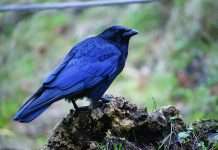Nose Hill is an isolated remnant of the upland plain that flanks the Bow River Valley. It also includes side slopes (escarpments) and ravines that cut into the upland plain. Domestic dogs are a major user of Nose Hill Park. The remaining large mammals on Nose Hill are deer and coyotes. Almost one third (31%) of users are dog walkers and many leave their animals unleashed. It was recommended that bird and rare plant inventory be conducted for Nose Hill as a baseline against which impact predictions can be tested. The Park is a grassland-dominated natural area, along the western edge of the Foothills Fescue Natural Subregion, where it abuts the Foothills Parkland Ecoregion. The deciduous forest (aspen and balsam poplar), native (rough fescue) grassland, and tall willow communities are primary foraging and breeding habitats in the Park.
The grass known botanically but popularly as “rough fescue” was adopted as the grass emblem of Alberta. It was designated officially in 2003 due to the efforts of the Prairie Conservation Forum. https://www.albertapcf.org/. The province has the largest area of rough fescue grassland in the world and is the only place in North America that hosts the plains, foothills, and northern variations. Rough fescue provides excellent year-round forage for wildlife and livestock; and is a symbol of Alberta’s prairie heritage and the need for the conservation of our rich biodiversity of native grasslands.
The City of Calgary has unveiled its new brand as “Blue Sky City.” The provincial shield already features blue skies over a range of snow-capped mountains with green hills, prairie land, and a wheat field in front. The great horned owl, which is a year-round resident, was adopted as Alberta’s official bird, in 1977, after a provincewide children’s vote.










